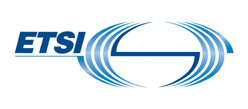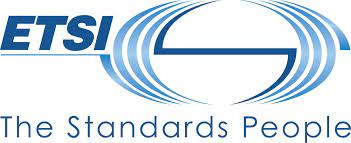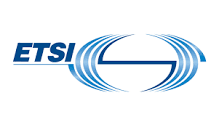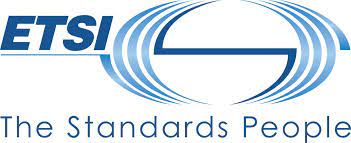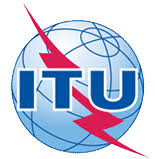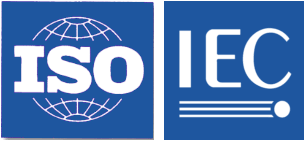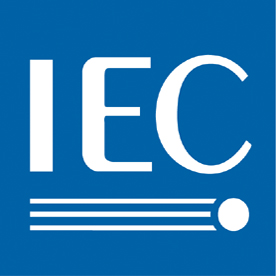Measurement Ontology for IP traffic (MOI)
The present document identifies the requirements that should characterise an ontology for the semantic conceptualisation of information related to IP traffic measurements. The requirements are obtained through the analysis of use cases spanning across a variety of related application categories and domains of interest, as well as the consideration of additional qualitative needs, such as the protection of personal data. Additional inputs arise from user experience, as well as the 'GS/MOI-010' Work Item study, entitled "Report on information models for IP traffic measurement" . The general difficulty of setting limits to an ontology, taking concepts from outside is also dealt within the present document that states MOI focus on IP traffic measurement concepts and let's side ontologies dealing with other subjects, an easy way to link. Thus a rather practical approach to define MOI ontology will be laid so that further QoS, traffic monitoring and Internet governance issues can be built on top of it by means of semantic tools.
